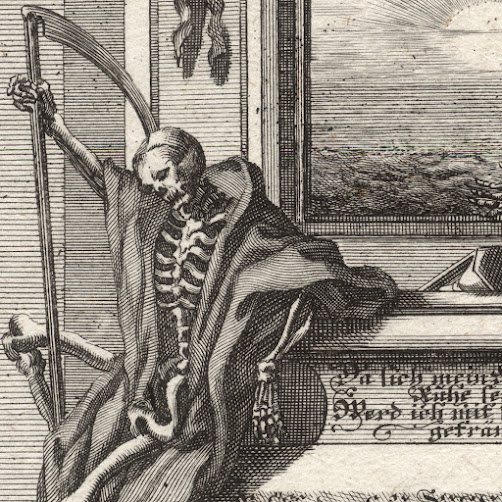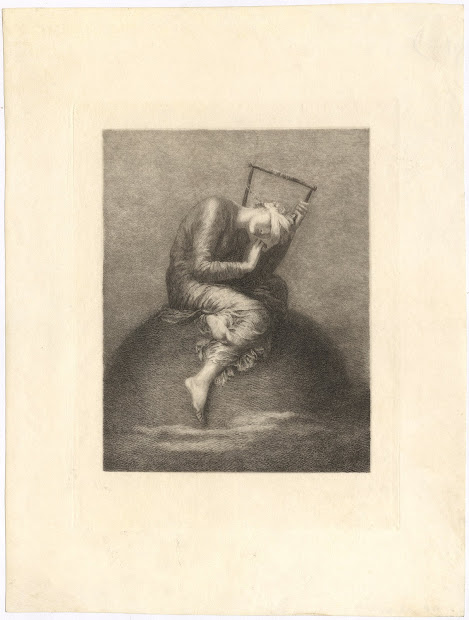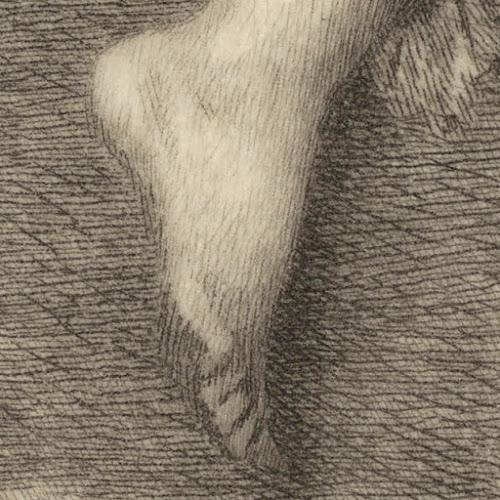John Sell Cotman (1782–1842)
“A Study” (aka “Landscape with Man Seated on a Riverbank”), 1813 (inscribed in plate), plate 16 from the series of forty-nine plates, “Liber Studiorum”, published in London in 1838 by Henry George Bohn (1795/6–1884) in "Liber Studiorum: A Series of Sketches and Studies by John Sell Cotman, Esp."
Etching on cream wove paper with wide margins.
Size: (sheet) 34.1 x 30.2 cm; (plate) 10.8 x 8.1 cm; (image borderline) 10.4 x 7.7 cm.
Inscribed in plate: (lower left corner) "JSC/ 1813"; (lower centre) "A Study.”; (upper right corner) “16”.
Popham 310 (Arthur Ewart Popham 1922, "The Etchings of John Sell Cotman." Print Collector's Quarterly, vol. 9, p. 270, cat. no. 310 [https://archive.org/details/printcollectorsq93carr/page/270/mode/2up]).
See also the descriptions offered by The Tate, The Metropolitan Museum of Art and The Fine Art Museums of San Francisco:
https://www.tate.org.uk/art/artworks/cotman-a-study-t11502; https://www.metmuseum.org/art/collection/search/789408; https://art.famsf.org/john-sell-cotman/study-landscape-man-seated-riverbank-plate-16-liber-studiorum.
Condition: faultless impression with generous margins in pristine condition with no tears, holes, folds, abrasions, stains, foxing or signs of handling.
I am selling this extraordinarily well preserved and rare etching by one of the acknowledged masters of the English landscape, for a total cost of AU$320 (currently US$248.45/EUR203.09/GBP174.47 at the time of this listing) including postage and handling to anywhere in the world (but not, of course, any import duties/taxes imposed by some countries).
If you are interested in purchasing this romantic view of the English countryside with a castle in the distance and a resting barefooted traveller wearing a classical tunic in the foreground, please contact me (oz_jim@printsandprinciples.com) and I will send you a PayPal invoice to make the payment easy.
This print has been sold





















































